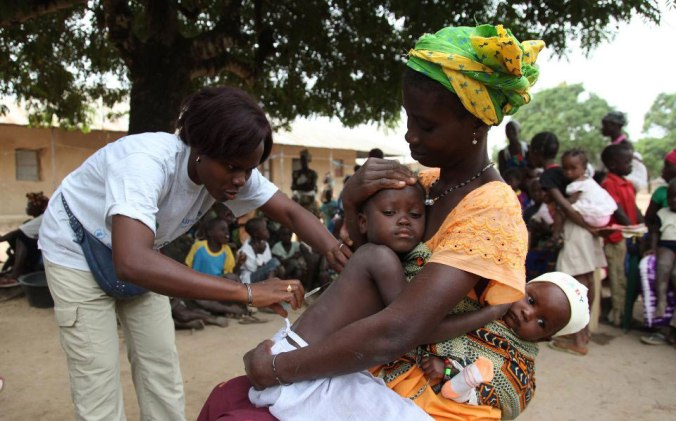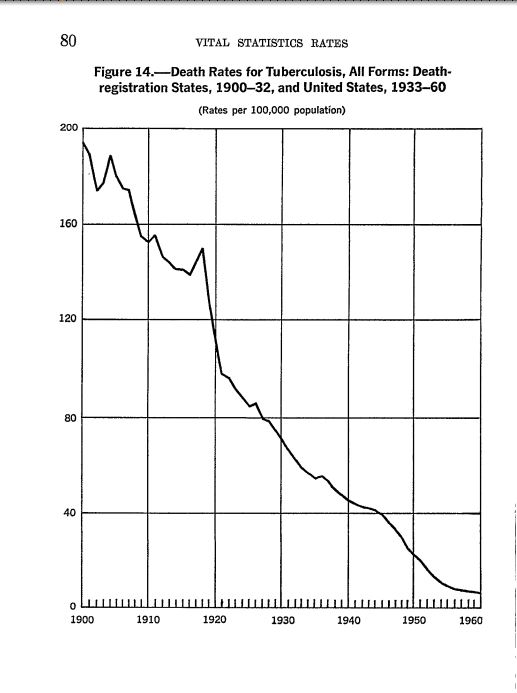
A nurse gives a measles vaccination to a child in Guinea-Bissau. Photo: UNICEF/Roger Lemoyne
greenmedinfo.com
Study: DTP Vaccine Associated With 212% Increased Infant Mortality Risk
Posted on: Wednesday, March 15th 2017 at 12:15 pm Written By: Jefferey Jaxen
Study: DTP Vaccine Associated With Increased Infant Mortality.
A study from West Africa’s Guinea-Bissau discovered that all-cause infant mortality more than doubled after the introduction of the DTP vaccination.
(Follow the above link to read more.)
Here is the study referred to in Jeffrey Jaxen’s article.
The Introduction of Diphtheria-Tetanus-Pertussis and Oral Polio Vaccine
Among Young Infants in an Urban African Community: A
Natural Experiment
Available online 1 February 2017Abstract
Background
We examined the introduction of diphtheria-tetanus-pertussis (DTP) and oral polio vaccine (OPV) in an urban community in Guinea-Bissau in the early 1980s.
What I consider to be the important points….
- In this natural experiment vaccinated children had 5-fold higher mortality than not-yet-DTP-vaccinated children. DTP-only vaccinations were associated with higher mortality than DTP + OPV vaccinations. Hence, DTP may be associated with a negative effect on child survival.
- Except for the measles vaccines, surprisingly few studies examined the introduction of vaccines and their impact on child survival.
- DTP was associated with 5-fold higher mortality than being unvacci-
nated. No prospective study has shown beneficial survival effects of
DTP. Unfortunately, DTP is the most widely used vaccine, and the pro-
portion who receives DTP3 is used globally as an indicator of the perfor-
mance of national vaccination programs. - All currently available evidence suggests that DTP vaccine may kill more children from other causes than it saves from diphtheria, tetanus or pertussis. Though a vaccine protects children against the target disease it may simultaneously increase susceptibility to unrelated infections.




